Serious quantum computers are ready to use. What they can do?
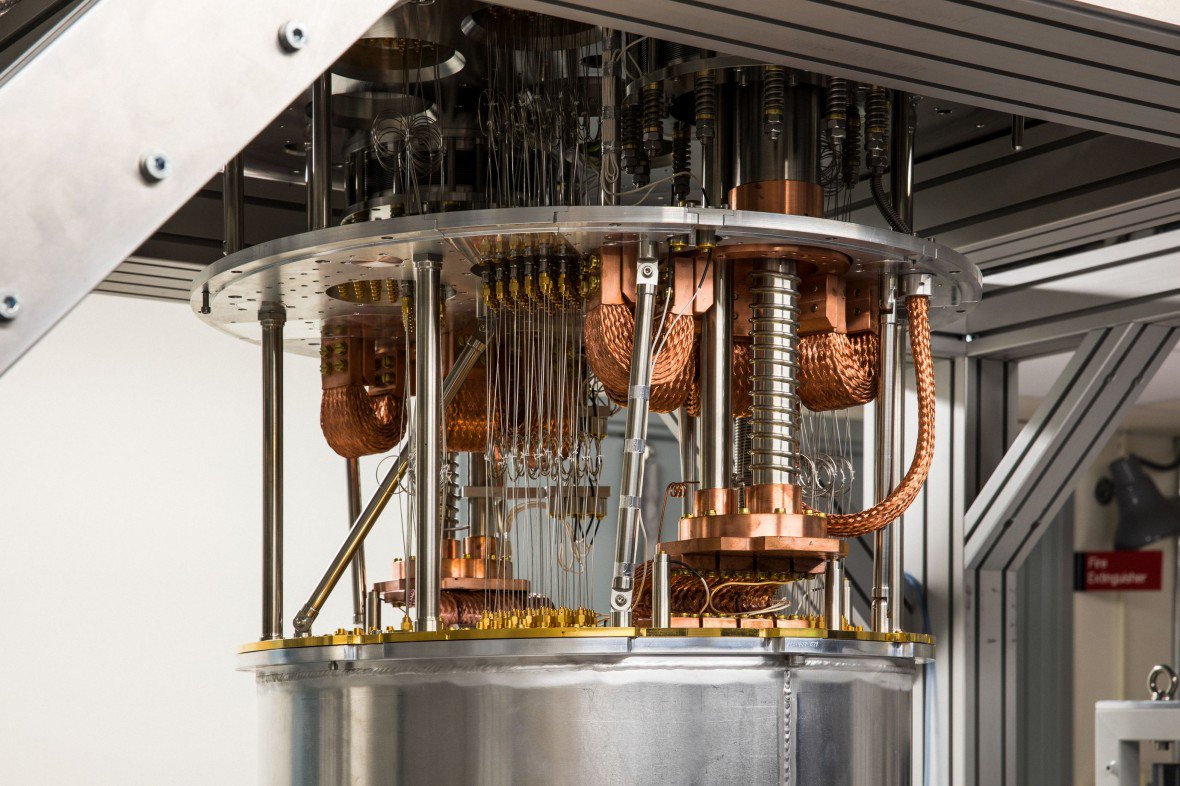 Source:
Source:
In a small laboratory in the lush countryside about a hundred miles North of new York city from the ceiling hangs a complex tangle of tubes and electronics. Is a computer, albeit messy. And it's not a regular computer. Perhaps it destined to become one of the most important in history. Quantum computers promise to perform calculations far beyond the reach of any conventional supercomputer. They can produce a revolution in the field of creation of new materials, allowing to simulate the behavior of matter down to the atomic level. They can bring cryptography and computer security to a new level, breaking the hitherto impenetrable codes. There is even a hope that they will bring artificial intelligence to a new level, will help him more effectively sift and process the data.
And only now, after decades of steady progress, scientists are finally close to creating a quantum computer, powerful enough to do what regular computers can't do. This beautiful landmark called "quantum supremacy". The movement to this landmark is headed by Google, followed by Intel and Microsoft. Among them — well-funded startups: Rigetti Computing, IonQ, Quantum Circuits, and others.
And yet nobody can match IBM in this area. 50 years ago, the company has made progress in materials science, which laid the foundations for the computer revolution. So last October, MIT Technology Review went to the Research center's Thomas J. Watson at IBM to answer the question: what is a quantum computer be good? Is it possible to build a practical, reliable quantum computer?
theWhy do we need a quantum computer?
This research center located in Yorktown heights, a bit like a flying saucer as it was in 1961. It was designed by architect Eero neofuturists Saarinen and built during the heyday of IBM as the Creator of large mainframes for business. IBM was the largest computer company in the world, and over ten years of building the research center she became the fifth largest company in the world after Ford and General Electric.
Although the corridors of the building looking over the village, the design is such that none of the offices inside with no Windows. In one of these rooms and found Charles Bennett. Now he is 70, he had big white sideburns, he was wearing black socks with sandals and even a pencil case with handles. Surrounded by old computer monitors, chemical models and, unexpectedly, a small disco ball, he remembered the birth of quantum computing as if it was yesterday.
When Bennett joined IBM in 1972, quantum physics was already half a century, but the calculations still relied on classical physics and mathematical theory of information that Claude Shannon developed at MIT in the 1950s. What Shannon quantified the information by the number of "bits" (the term he popularized, but not invented) required for its storage. These bits, 0 and 1 a binary code formed the basis of the traditional calculation.
A year after arrival in Yorktown heights, Bennett has helped to lay the Foundation for quantum information theory, which challenged the previous one. She uses bizarre behavior of objects at the atomic scale. In such scales the particle can exist in "superposition" of multiple States (many positions) at the same time. Two particles can be "entangled" so that changing the state of one instantly responds to the second.
Bennett and others understood that some types of computations that take up too much time, or even impossible, can be effectively carried out with the help of quantum phenomena. A quantum computer stores information in quantum bits, or qubits. Qubits can exist in superpositions of ones and zeros (1 and 0), and confusion and interference can be used to search for computing solutions in a huge number of States. To compare quantum and classical computers are not quite right, but, figuratively speaking, a quantum computer of several hundred qubits can produce more calculations simultaneously than there are atoms in the known universe.
In the Summer of 1981 by IBM and MIT, organized a landmark event called "the First conference on physics computing". It was held at the hotel Endicott House, a mansion in the French style near the campus of MIT.
In the photo, which Bennett did during the conference, on the lawn, you can see some of the most influential figures in the history of computing and quantum physics, including Conrad Susa, which developed the first programmable computer, and Richard Feynman, who made important contributions to quantum theory. Feynman kept on a key conference speech in which he raised the idea of using quantum effects for computation.
"The big push of quantum information theory has received from Feynman," says Bennett. "He said: nature is quantum, her mother! If we want to simulate it, we need a quantum computer."
A Quantum computer, IBM is one of the most promising of all, is right down the hall from the office of Bennett. This machine is intended for creation and manipulation of an important element of a quantum computer: qubits that store the information.
thethe Abyss between dream and reality
IBM Machine uses quantum effects that occur in superconducting materials. For example, sometimes the current flows clockwise and counterclockwise at the same time. The IBM computer is using superconducting circuits, in which the qubit consists of two different electromagnetic energy States.
Over head transmission line approach has many advantages. Hardware can be created using well-known established methods, and to control the system, you can use a regular computer. Qubits in a superconducting circuit easily amenable to manipulation and are less delicate than individual photons or ions.
In the quantum lab IBM engineers are working on a version of computer with 50 qubits. You can run a simple simulator of a quantum computer on a conventional computer, but with 50 qubits would be virtually impossible. And that means IBM is theoretically approaching the point beyond which a quantum computer can solve problems inaccessible to conventional computer: in other words, the quantum superiority.
But scientists from IBM will tell you that quantum superiority is an elusive concept. You will need to have all 50 cubits worked perfect, when in reality quantum computers suffer from errors. Also incredibly hard to maintain the qubits over a given period of time; they tend to "decoherence", that is to loss of its delicate quantum nature, like a smoke ring dissolves at the slightest breeze. And the more qubits, the more difficult to cope with both tasks.
"If you had 50 or 100 qubits, and they really would work well enough, and was totally free from errors you might make incomprehensible calculations, which it would be impossible to reproduce on any classic car, not now, not then or in the future," says Robert Selikoff, a Yale University Professor and founder of Quantum Circuits. "The other side of quantum computing is that there are an incredible number of opportunities for error".
Another reason for caution is that not quite obvious how useful it would be even a perfectly functioning quantum computer. It not only accelerates the solution of any task that you throw up. In fact, in many types of computing, it will be disproportionately the "dumber" of classic cars. Not many algorithms has been defined to date in which a quantum computer will have an obvious advantage. And even with them, this advantage may be short-lived. The most famous quantum algorithm developed by Peter Shor of MIT, designed to find Prime factors of the integer. Many well-known cryptographic schemes rely on the fact that this search is extremely difficult to carry out normal computer. But cryptography can adapt and create new kinds of code, not relying on factorization.
That's why, even approaching 50-cubitas milestone, IBM researchers are trying to dispel the hype. At the table in the hallway, which overlooks the lush lawn outside, is Jay Gambetta, a tall Australian, exploring quantum algorithms and potential applications for IBM equipment. "We are in a unique position," he says, carefully choosing her words. "We have a device that is the most difficult that can be simulated on a classical computer, but it is not controlled with sufficient precision to carry out through it certain algorithms".
What makes all ilimskom the hope that even an imperfect quantum computer can be useful.
Gambetta and other researchers started with an application that Feynman foresaw back in 1981. Chemical reactions and properties of materials are determined by the interactions between atoms and molecules. These interactions are controlled by quantum phenomena. A quantum computer can (at least in theory) to model them as can't conventional.
Last year, Gambetta and his colleagues at IBM used semicubical machine for accurate modeling of the structure of beryllium hydride. Consisting of only three atoms, this molecule is the most complex of all, which was simulated with the use of a quantum system. Eventually, scientists will be able to use quantum computers for the design of efficient solar cells, drugs or catalysts that convert sunlight into clean fuels.
These goals are, of course, still unimaginably distant. But, says Gambetta, valuable results can be derived from paired quantum and classical computers.
thefor the physics of the dream, engineer's nightmare
Recommended
Is it possible digital immortality and whether it
when will man become immortal through digital technologies. I don't believe it. And you? In 2016, the youngest daughter Jang JI-sen This died of the disease associated with the blood. But in February, the mother was reunited with her daughter in virt...
Why bad long sit at the computer and how to fix it
I've recently conducted a small survey among friends and acquaintances about how they evaluate their effectiveness when working remotely. Almost everyone I know — now work from home with computer and phone. And, as it turned out, even those who...
Parametric architecture: can artificial intelligence to design cities?
When you think about the future, what pictures arise in front of your eyes? As a lover of retro-futurism – a genre which is based on representation of the people in the past about the future, I always imagined the city of the future built buildings, ...
Related News
Windows 10 in the new mode longer to save energy
the more difficult task — the more it will take energy. But the modern computing device, being very powerful, also often work from the battery. And there is a need to save energy. We are talking mostly about laptops, tablets...
Intel is developing spin qubits operating at higher temperatures
Intel continues to invest in new technology, and one of her latest interests — quantum computation. Last fall presented the first quantum processor on the basis of 17 qubits, and at the last CES, one of the largest manufactu...
In Russia will create a 50-Kubany quantum computer
the Foundation for advanced studies, Moscow state University, WEB and a number of other Russian organizations formed a consortium whose purpose is the development of a quantum computer consisting of not less than 50 qubits, said t...
Acer began selling "the lightest notebook" Swift 5 in Russia
In Russia started selling the new Acer ultrabook Swift 5. According to the company, the laptop is made of special alloy, which explains its light weight device weighs less than 1 kilogram. 14-inch laptop equipped with latest Intel...
Apple is planning to release a budget MacBook
In recent years, Apple has actively updated its flagship MacBook Pro laptop, forgetting about the line of Air. However, according to the latest reports, this year Apple company can finally get back to producing miniature laptops. ...
You need to open the "black box" artificial intelligence, until it is too late
For several years in the 1980-ies of the students of the Medical school of St George's hospital in London were selected using high-tech method. A computer program, one of the first of its kind, looking through resumes, choosing fr...
Turned off auto update Windows 10? In jail!
Windows 10 Operating system has many different features and capabilities, to understand which is sometimes very difficult. However, users of this OS say that one of its main drawbacks is the forced download of all updates and thei...
NASA is funding the creation of a blockchain service for aerospace studies
Experts Abrenskogo University of USA exploring the possibility of creating a blockchain service that will calculate the trajectory of satellites, allowing them to avoid collision with space debris. For further work in this area, N...
The European Union will spend € 1 billion on developing its own supercomputers
the Information-analytical edition of Bloomberg, citing a statement by the European Commission reports that the European Union plans to spend € 1 billion to catch up with China, the US and Japan in the development of supercomputer...
Will there ever be an artificial intelligence with consciousness?
Forget about modern modest achievements in the field of artificial intelligence, such as self-driving cars. Actually everyone is waiting for something else: a machine that is aware of their existence and the environment and which ...
Microsoft releases development kit quantum computing systems
the ever-increasing pace of development in the field of quantum computers allow us to say that a full-fledged quantum computer will still be created. However, for programming quantum computers will require not only qualified, but ...
Google to fully switch to renewable energy
the Search giant Google continues to work towards the full transition to renewable energy. The Corporation recently signed contracts with three new wind stations, one located in South Dakota, second in Iowa and one in Oklahoma. Th...
CNN journalists found in Moscow, a huge farm for mining
Large mining farms will not surprise anybody in China or in the North of Europe, while in Russia they are quite a few — now it accounts for only about three percent of the entire network . But there are heroes and «in o...
Yesterday's virus-extortionist was supplemented and amended NotPetya
Virus-cryptographer, tried to attack Russian banks and infected the computers of a number of Ukrainian organizations and the Russian media, called BadRabbit. Specialists of the company «Group-IB», analyzed it, pointed ou...
Snapdragon PC — why and when will be released?
Smartphones — compact, lightweight and slim device that allows you to do much of what "able" PC. However, many smart phones have one significant drawback — located in their slim cases batteries can't go for long withou...
Google knows what to do with old computers
rapid advances in computer technology, there are less pleasant than accompanying the progress of growth of productivity and functionality aspect. It very quickly becomes outdated, although technically could still work more than on...
Supercomputer Hewlett-Packard have experienced in space
a Month ago at the ISS in the cargo hold of the cargo ship Dragon has arrived SpaceBourne supercomputer, developed jointly by NASA and Hewlett-Packard. It was created in order to learn how such high-tech equipment will behave in s...
Scientists have created the first quantum microchip memory
Scientists have great hopes for using the phenomena of quantum superposition and quantum entanglement for data processing and data transmission. But so far nobody has been able to create a quantum memory chips. Employees of the Ca...
Conducted the first test of technology quantum 4D-encoding
Traditional coding technologies for information transfer use the binary system. However, even now evolving methods of quantum information transfer are also based on system data with two variables. Although the methods of multidime...
DARPA will build modular computers based on the "cabletow"
We have the so-called "chiplet" — the thin silicon plates in some way reinterpreted the concept of the traditional chips. Developed by engineers at Palo Alto Research Center (a division of Xerox) chipley can be tens and hund...



















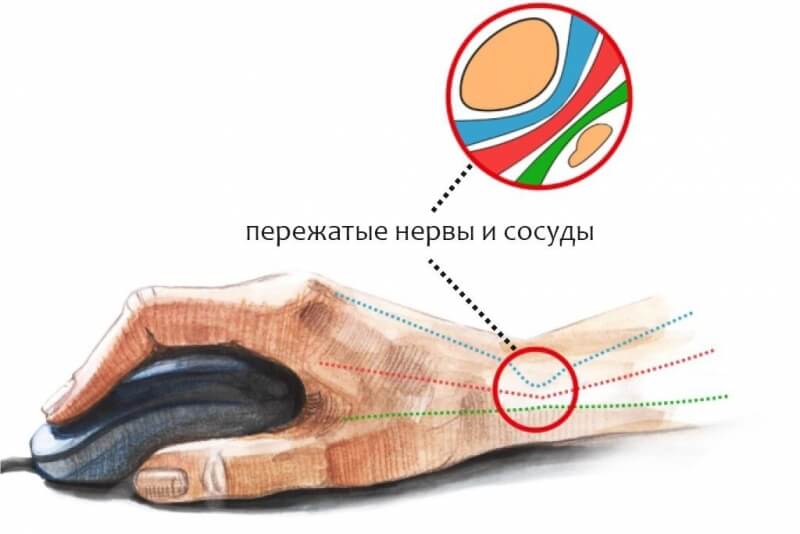

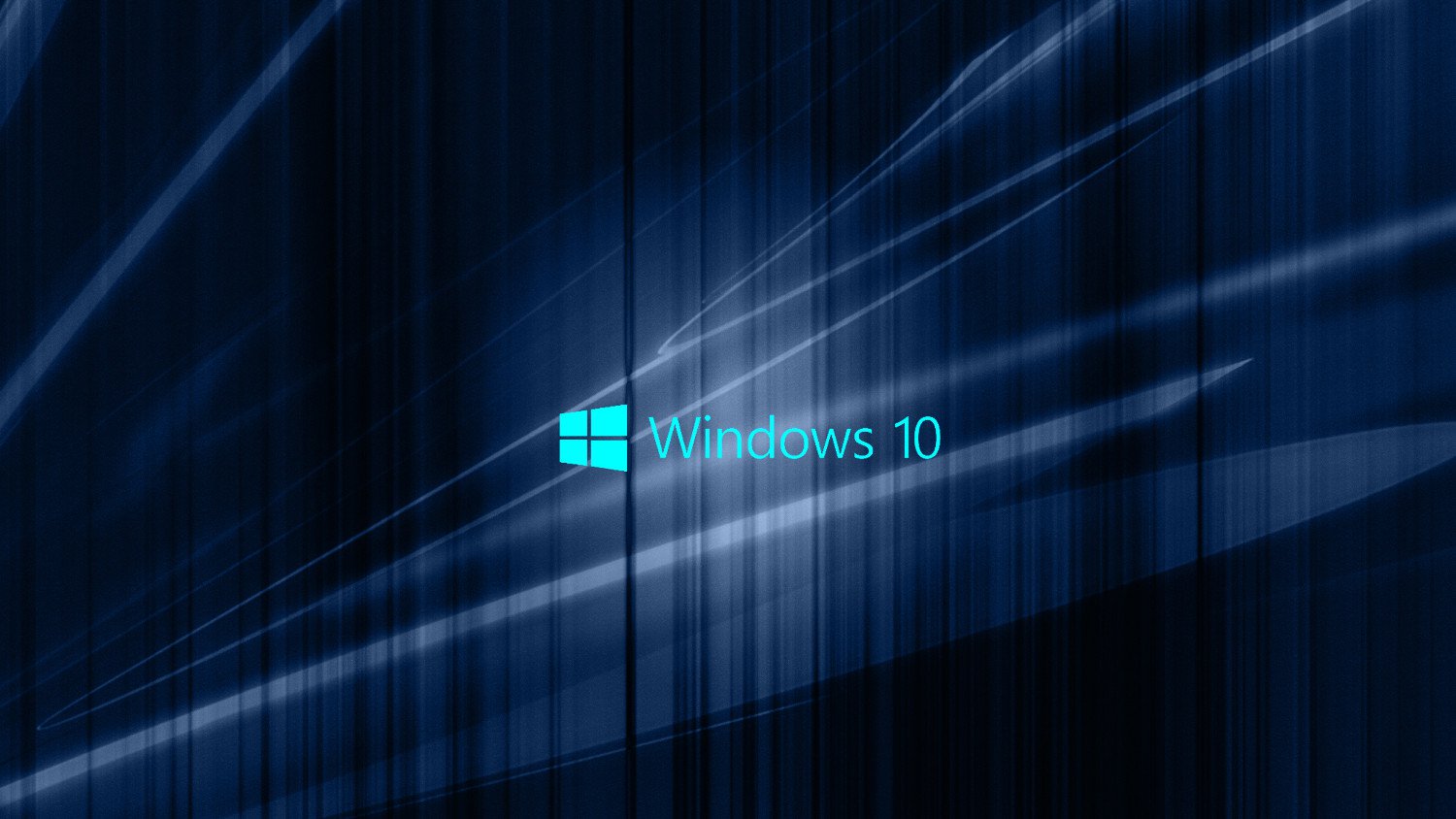

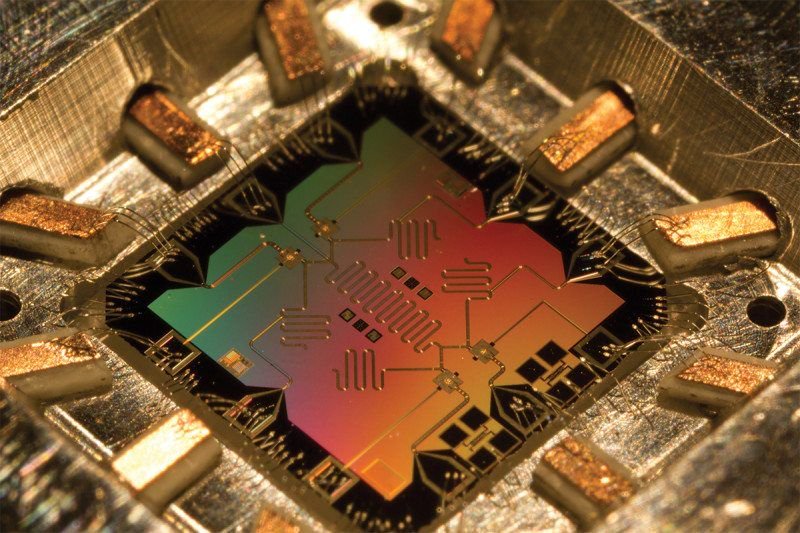



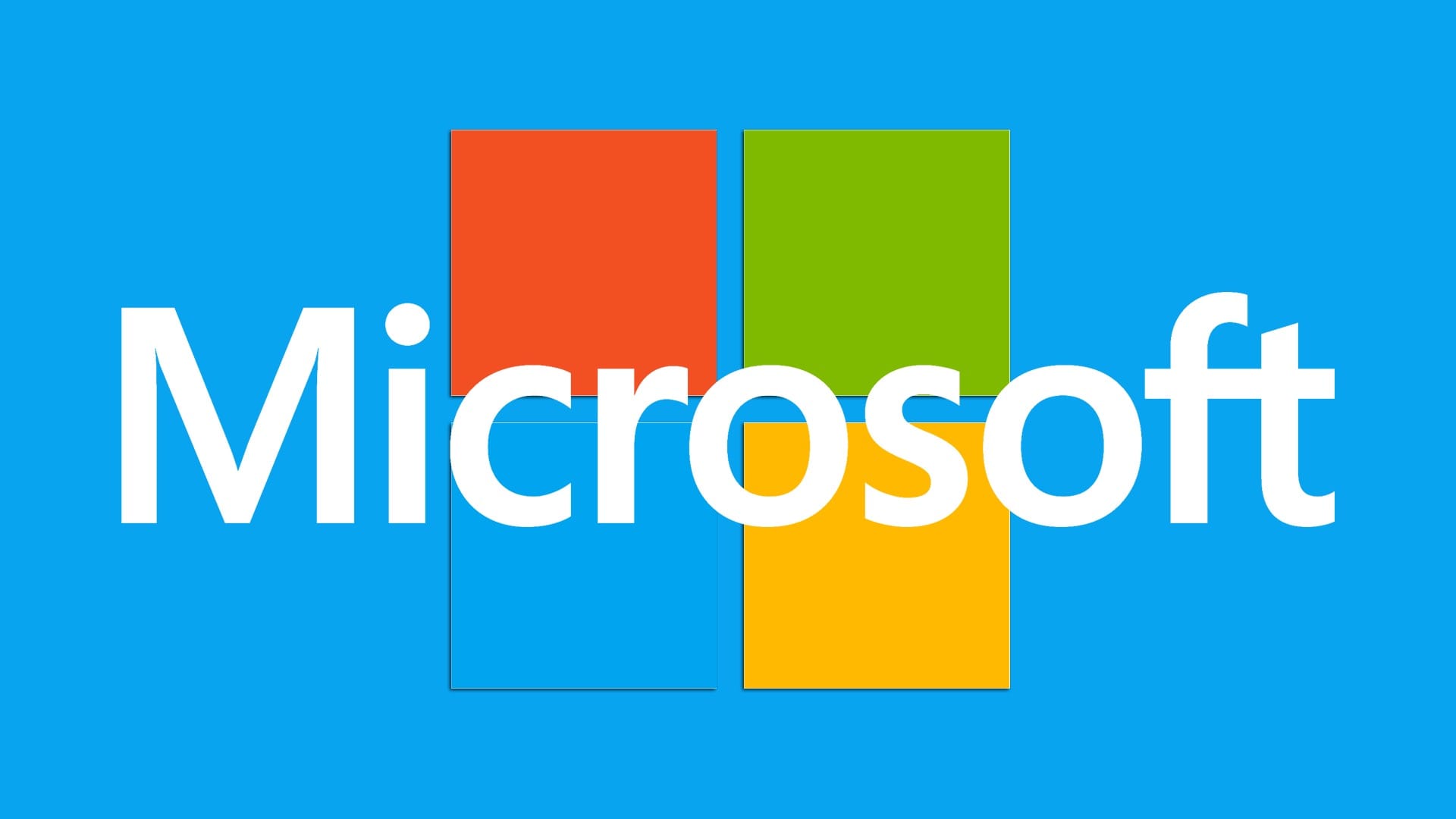
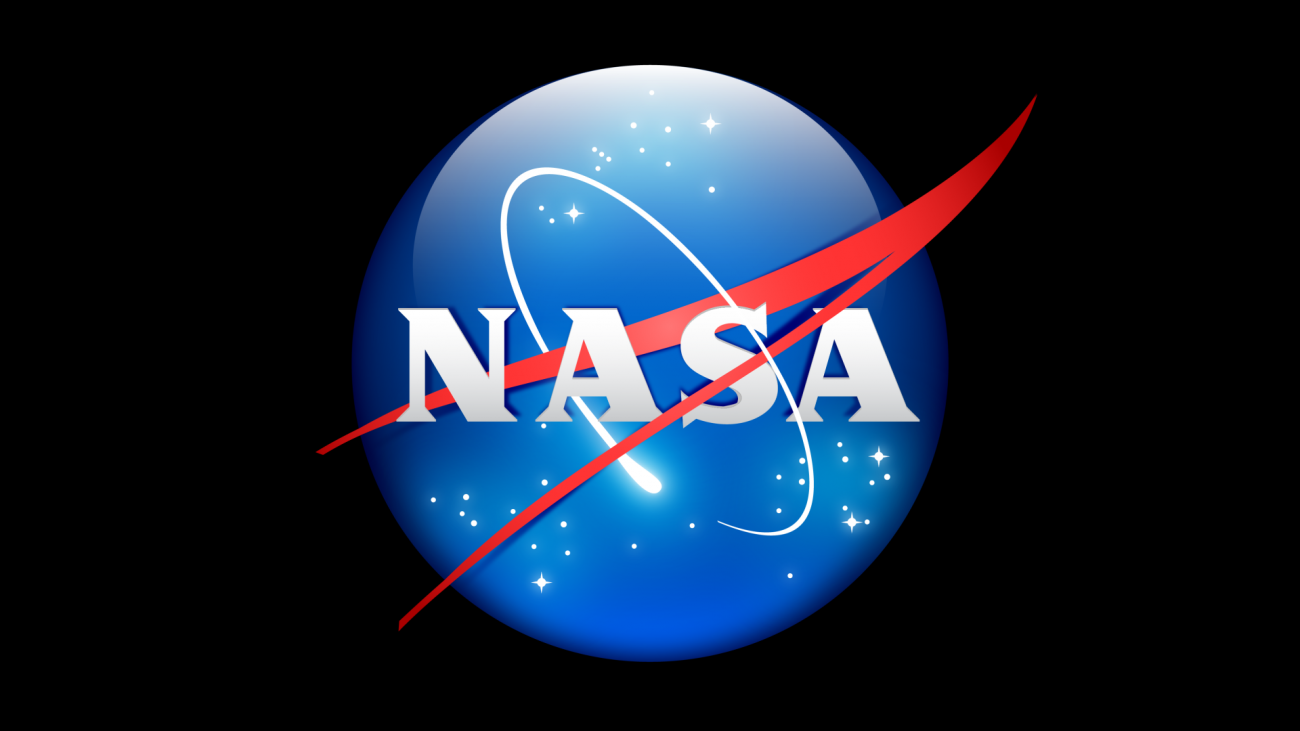
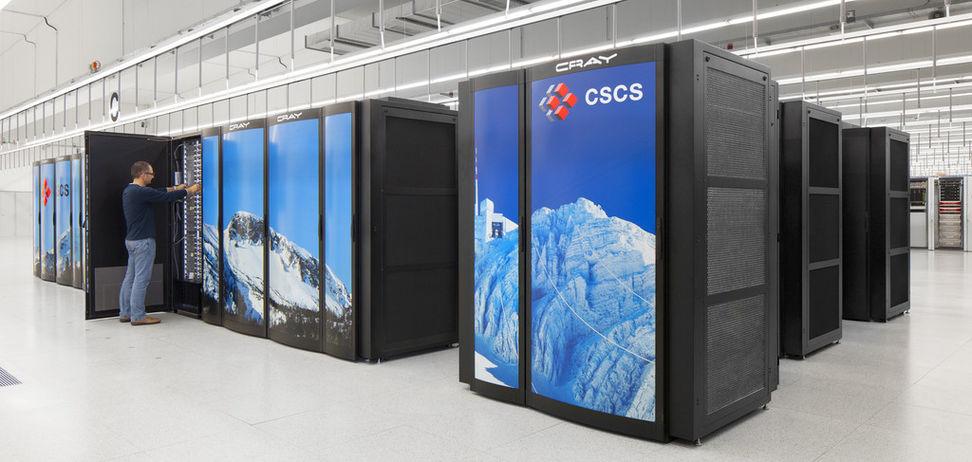

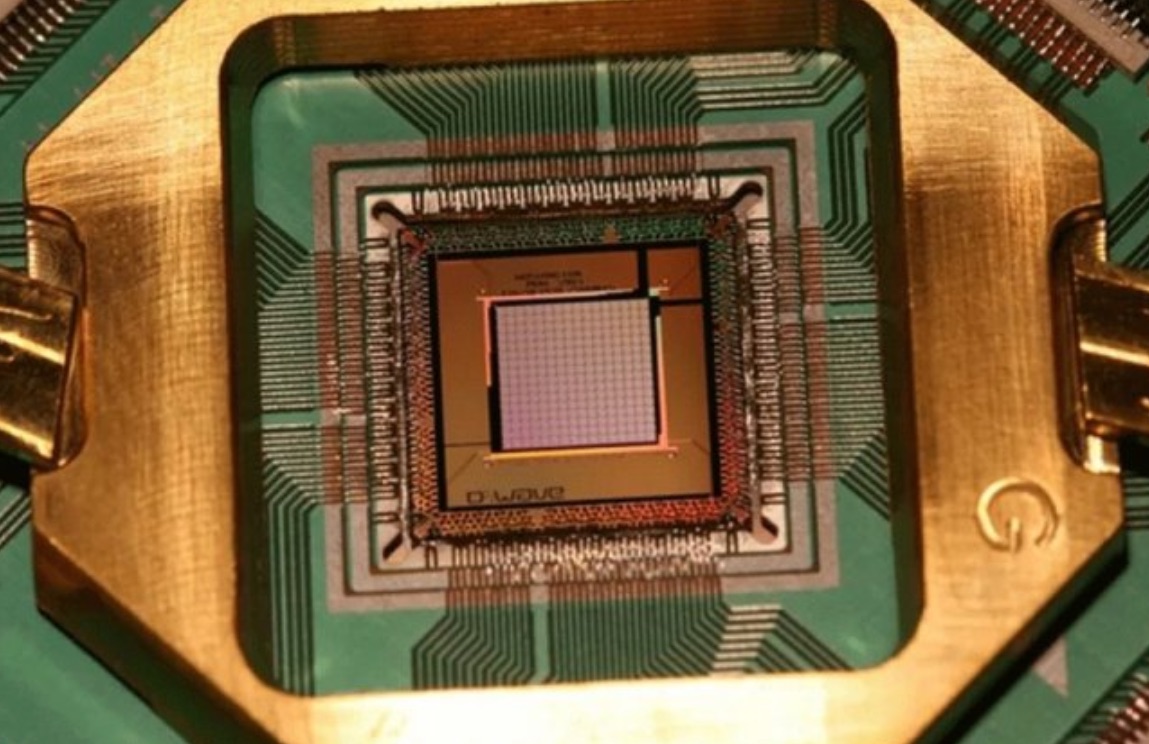


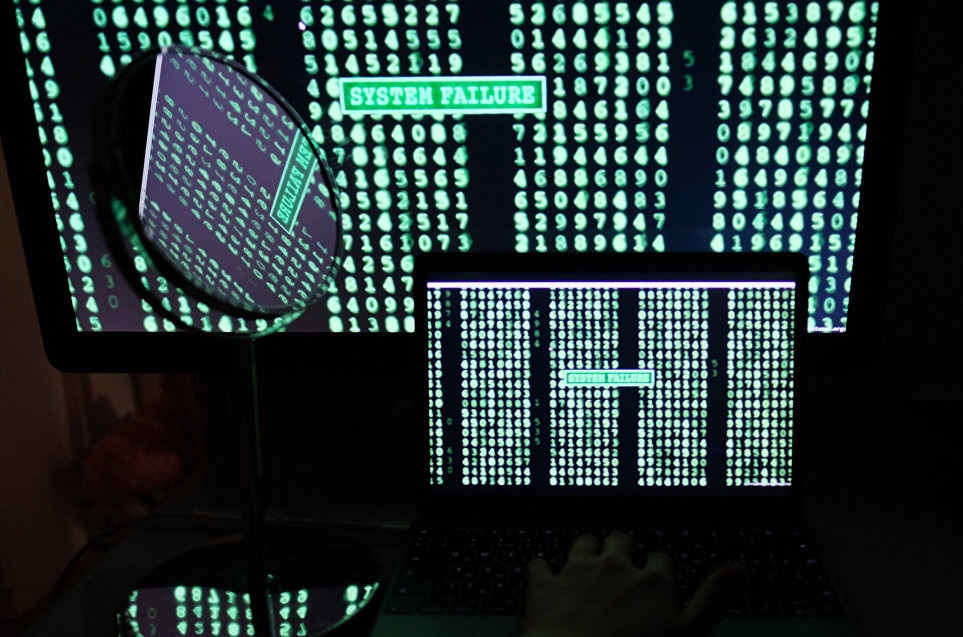

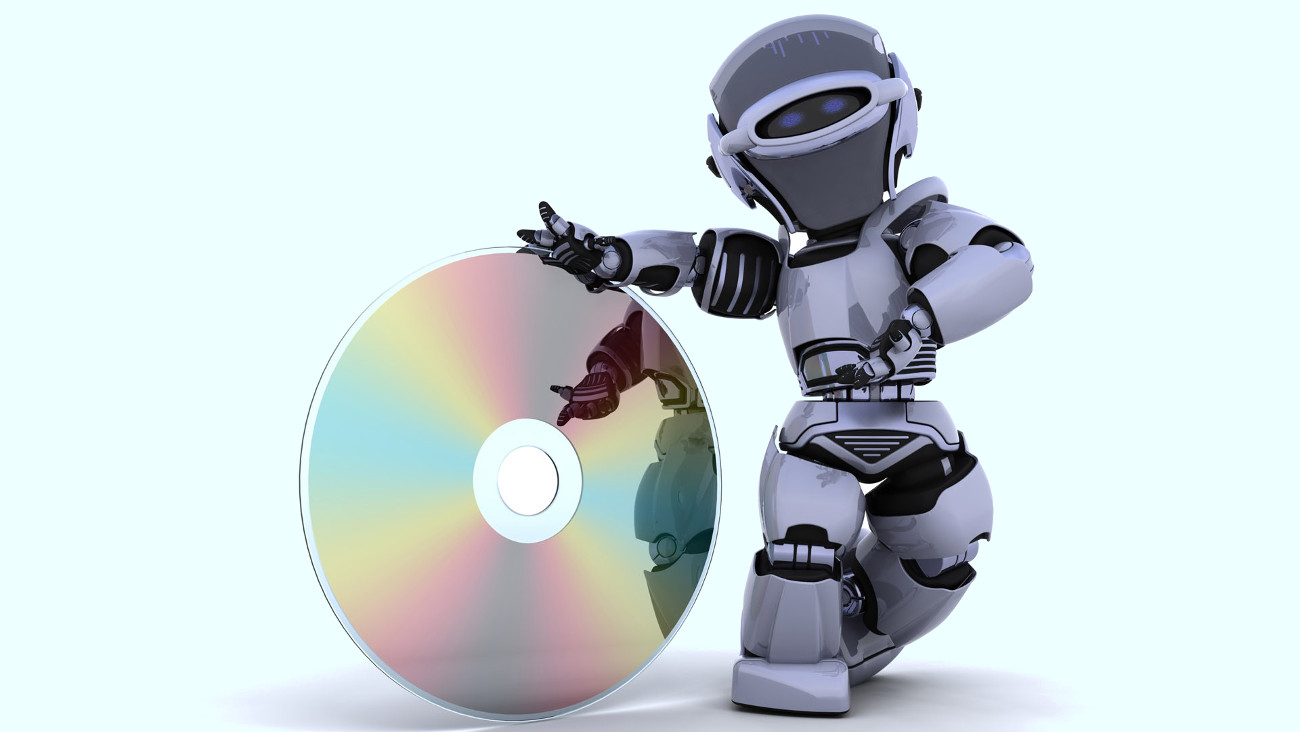
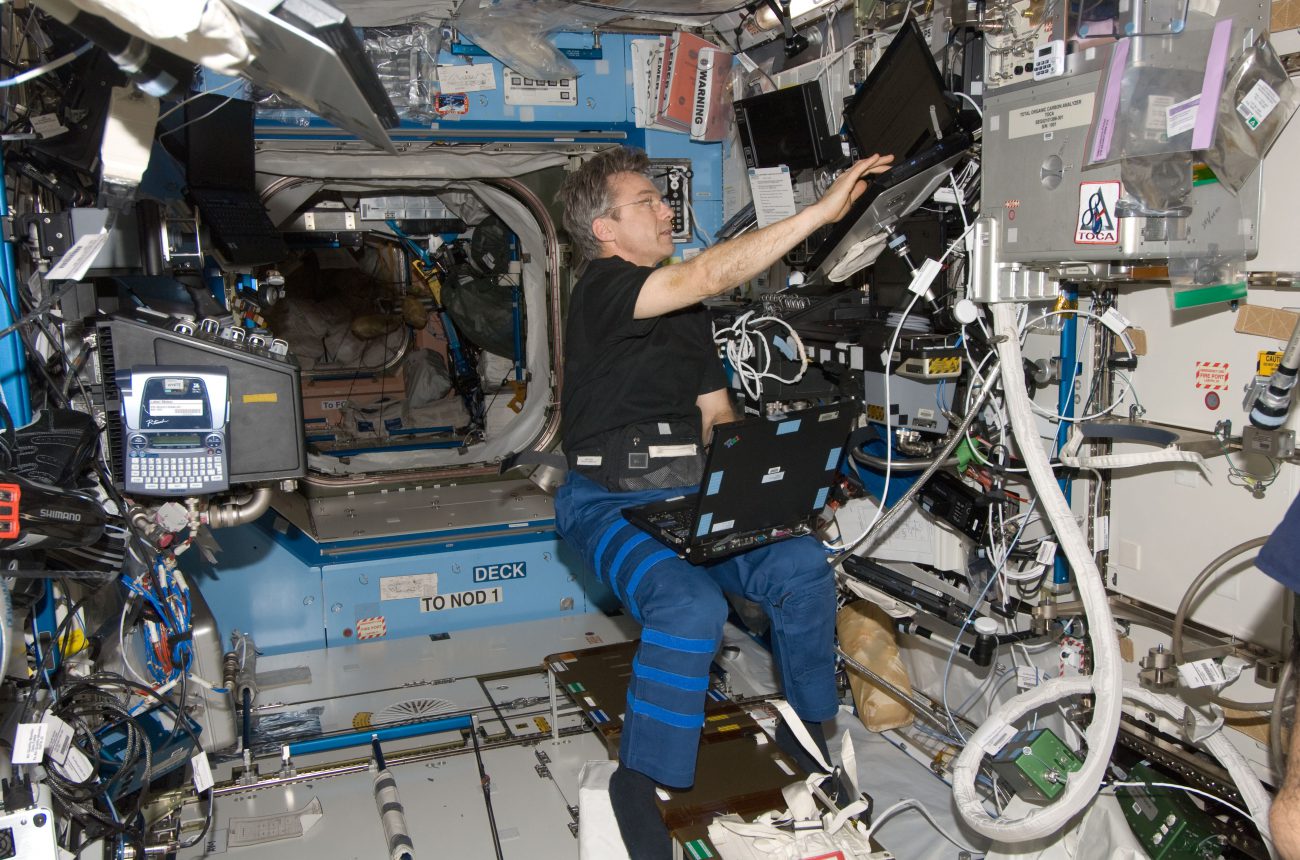
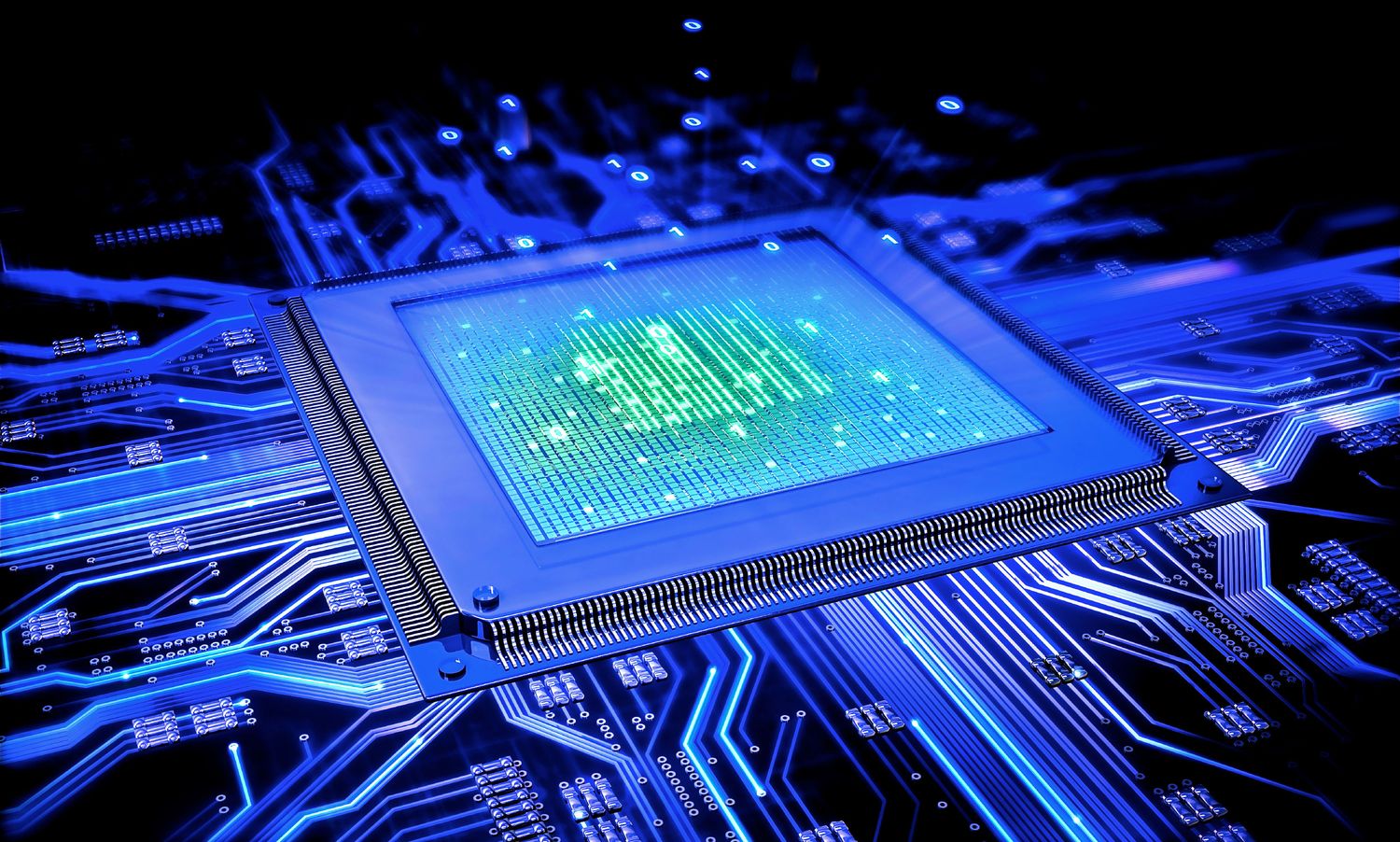
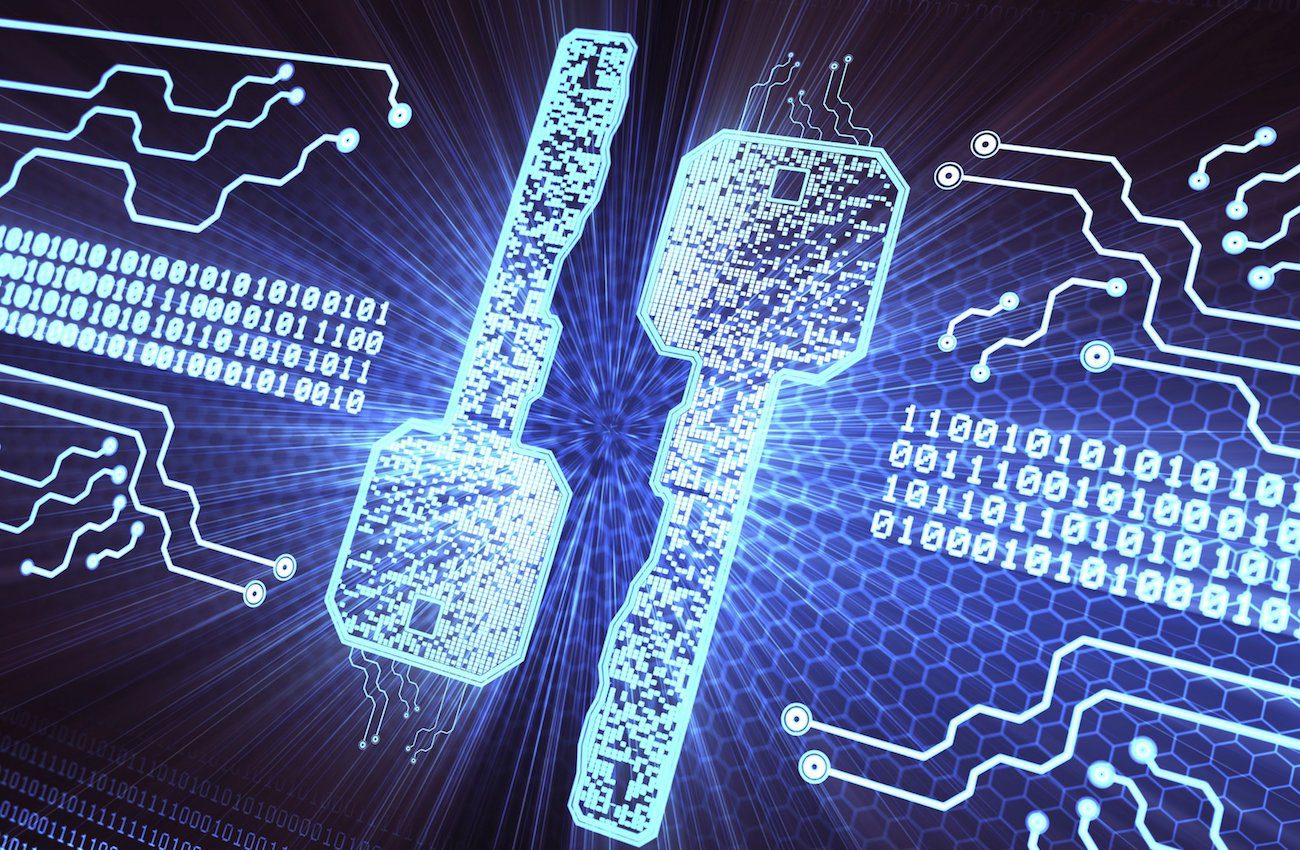
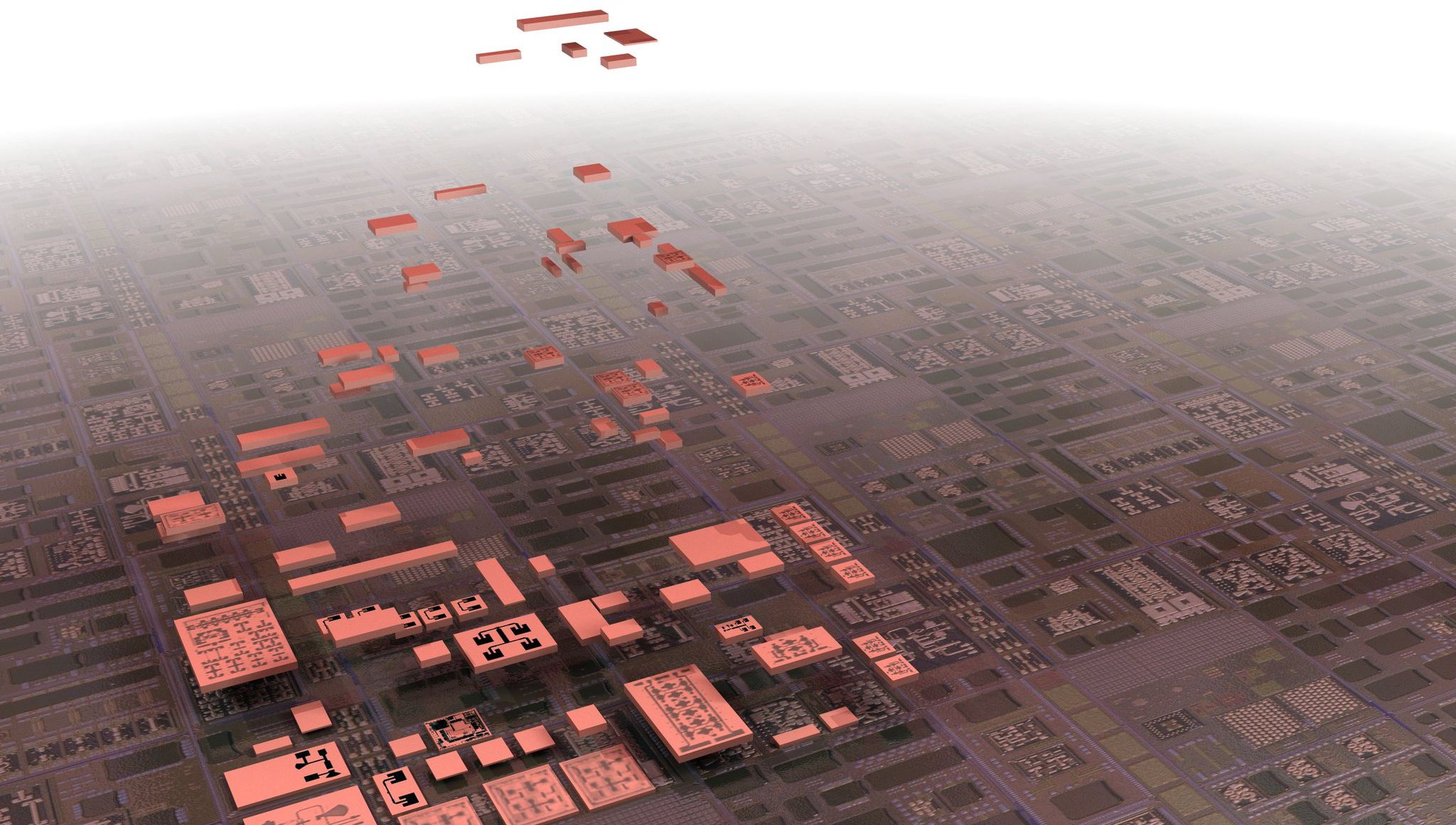
Comments (0)
This article has no comment, be the first!